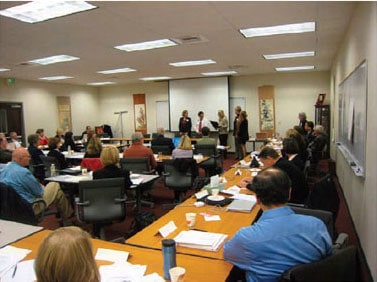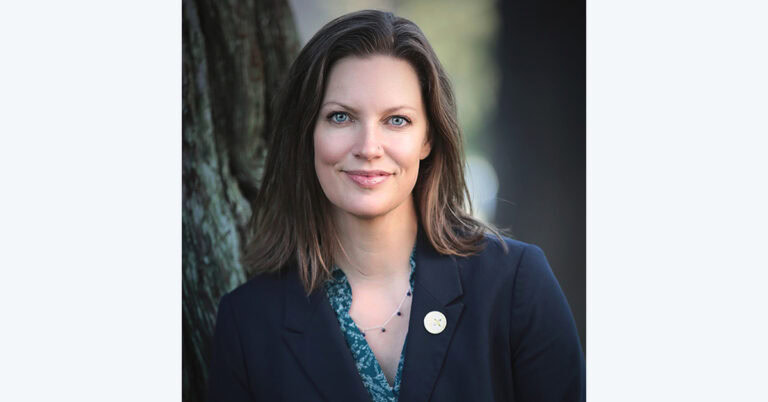Deputy Director
Symposia Examine Solutions for STEM Education
June 19, 2009 | CCST Newsroom | Contact: M. Daniel DeCillis

The National Research Council Center for Education, National Academy of Engineering (NAE), CCST, and the California Teacher Advisory Council (Cal TAC) have hosted three symposia designed to inform and develop a California STEM Innovation Network (CSI-N), in order to more effectively coordinate and drive the issues of STEM education in the public agenda. The first of the meetings took place on February 2, 2009, when a group of California science and mathematics teachers, policymakers, researchers, and representatives from business, industry, and higher education met to consider how California could do a better job of preparing today’s students for the future STEM workforce. The Symposium was cosponsored by CCST and the Center for the Future of Teaching and Learning (CFTL), as well as the California Teacher Advisory Council (Cal TAC). Cal TAC released a summary report on the symposium in April.
“Science education should have a much larger role in all school systems,” said keynote speaker Bruce Alberts, CCST board member and former president of the National Academy of Sciences, “but only if it’s a different kind of science education than most students are experiencing today. It will require redefining science education and using continuous improvement to make our education system much more collaborative and effective, with education research focused on real school needs.”
Co-sponsored by CCST and CFTL, Cal TAC was formed in 2005 to bring real-world classroom experience, the “wisdom of practice,” to policymakers and others whose decisions affect the quality of science and math education in California. In their time together, meeting participants identified specific options for creating a well-prepared STEM workforce, ranging from improving professional development opportunities for science and math teachers (so that the supply of qualified teachers increases and is more evenly distributed) to changing the assessment tools used to gauge students’ proficiency in science and math. More details and recommendations stemming from the meeting will follow.
The second and third symposia, hosted by CCST, the NRC and the NAE on February 18-19 and April 29-30, were strategic visioning meetings to address integrating STEM education through an innovation and learning network in California. The meetings were designed to guide and inform the work of leaders from CCST and the California State University (CSU) who are planning a process to establish a STEM innovation and learning network and framework for advocacy in the state.
Meeting participants and presenters included members of the National Academies study committees that authored seminal reports on STEM education as well as members of existing study panels engaged in relevant work. Attendees also included senior staff from the NRC and NAE, who recruited the appropriate experts and leaders from California higher education (2-year and 4-year public/private institutions), nongovernmental organizations (CCST, CFTL, etc.), business, and philanthropic organizations (including the Beckman Foundation, Gates Foundation, Samueli Foundation).
“Local, state, and federal governments should recognize and acknowledge the need to improve teacher education in science and mathematics, as well as assist the public in understanding and supporting improvement,” noted the symposium summary for the February meeting, published in May. “The STEM Innovation Network envisions a paradigm shift to an innovative, systems model where teachers and students are at the center of the California public education “universe” where the governance system supports and nurtures a STEM education process and each student is a product of that process.”




